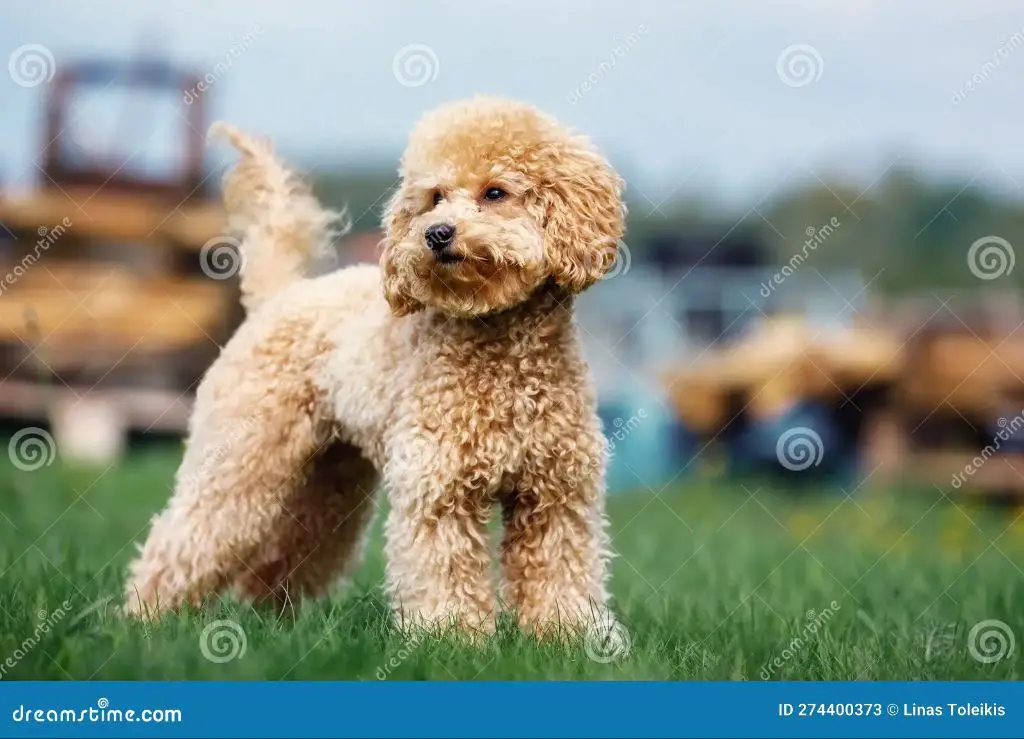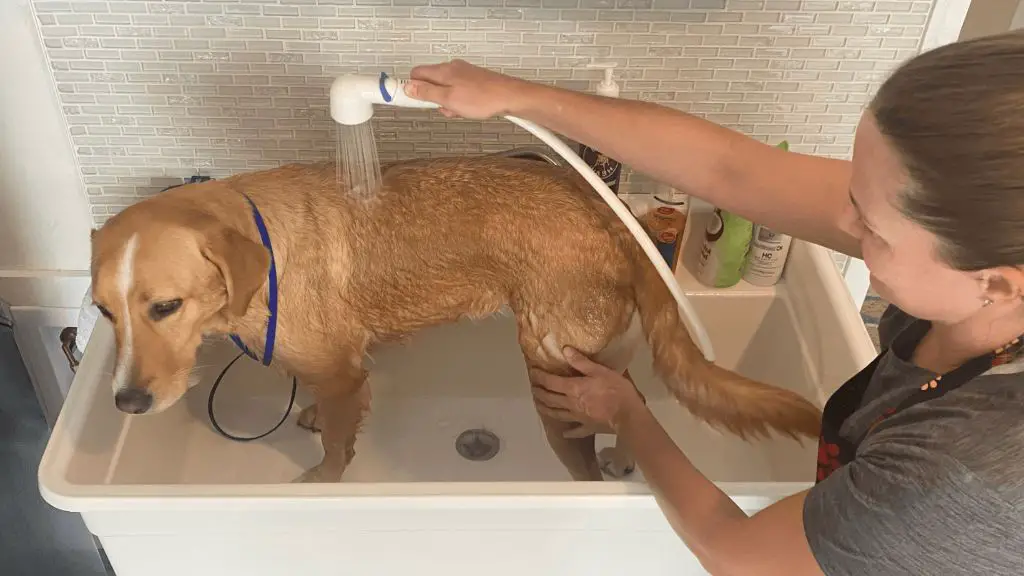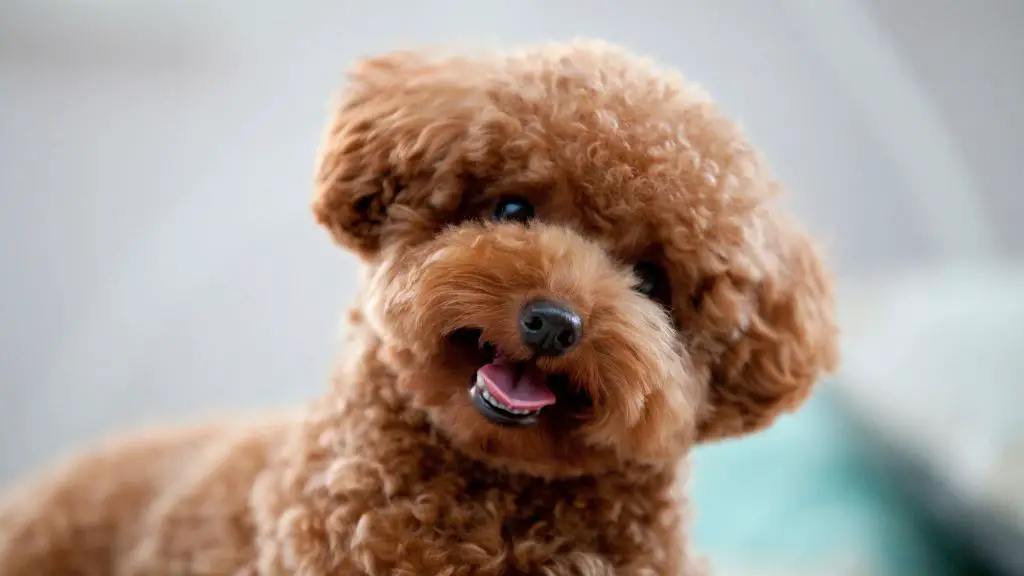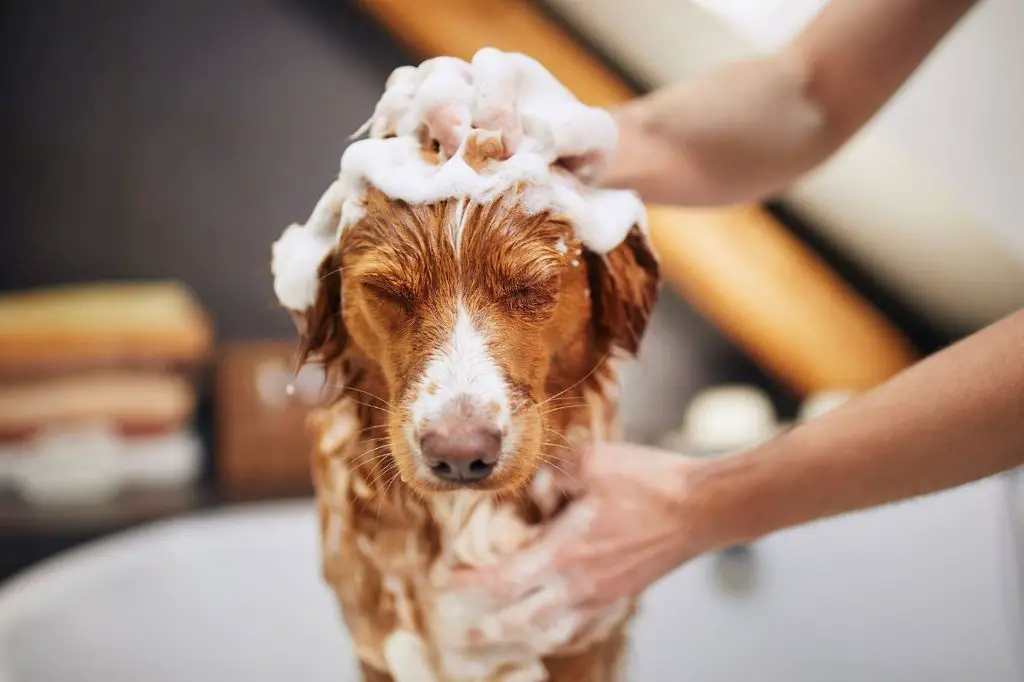Introduction
All dogs shed to some degree, but some breeds shed far less than others. Shedding refers to the natural process of dogs losing old or damaged hair as new hair grows in. Non-shedding dogs have coats that don’t shed noticeably and rarely require grooming. However, no dog is truly non-shedding. Rather, some breeds shed minimally or seasonally, producing less dander and allergens.
Shedding is part of a dog’s natural hair growth cycle. As old hairs fall out, new hairs grow in their place. The amount and frequency of shedding depends on the breed, health, environment, and time of year. Non-shedding dogs tend to have hair that grows continuously rather than undergoing seasonal growth cycles. Their hair falls out little by little instead of large clumps.
While no dog is completely non-shedding, some breeds are considered low-shedding or hypoallergenic because they lose very little hair. These dogs produce less dander, which contains allergens that cause reactions in people. Low-shedding dogs are ideal choices for those with allergies or who want less clean-up.
Shedding in Dogs
Shedding is a normal, healthy process for dogs. Dogs have a double coat made up of a soft, downy undercoat and a topcoat of longer, tougher guard hairs. The undercoat helps insulate dogs from heat and cold, while the topcoat protects their skin and helps repel dirt and water. Dogs naturally shed old or damaged hair to make room for new growth. Peak shedding seasons occur in the spring and fall when dogs “blow” their coats to adapt to temperature changes, though some shedding happens year-round.
According to WebMD, shedding helps remove dead hair so new, healthy hair can grow in its place. Dogs may shed more when experiencing hormonal changes, stress, poor nutrition, skin irritation, or health issues. While annoying for owners, regular shedding keeps your dog’s coat and skin healthy. Excessive shedding or hair loss could indicate an underlying medical problem that requires veterinary attention. Otherwise, shedding is simply part of owning a dog.
Breeds Considered Non-Shedding
There are certain dog breeds that are often considered to be “non-shedding” due to their coats that don’t shed much or at all. Some of the most common breeds thought to be non-shedding include:
- Poodles – Poodles have a dense, curly coat that sheds minimally. Their coat grows continuously rather than shedding.
- Shih Tzus – This breed has a long, silky coat that hardly sheds. Their hair keeps growing and needs regular trimming.
- Maltese – The long, straight, silky coat of the Maltese sheds very little.
- Bichon Frise – With a dense, curly hypoallergenic coat, shedding is minimal with the Bichon.
- Yorkshire Terriers – This breed’s fine, silky and straight coat sheds very little.
- Brussels Griffon – With a rough, dense coat, this breed is considered low-shedding.

While these breeds shed less than average dogs, no dog is completely non-shedding. But these breeds are considered hypoallergenic and shed far less hair and dander than most dogs. Their coats require regular brushing and grooming to keep the minimal shedding and mattes at bay.
Do Non-Shedding Breeds Really Not Shed?
While some dog breeds are marketed as “non-shedding,” the truth is that all dogs shed at least a little bit. Dogs shed dander, hair, and skin cells as part of their natural growth cycles. Even hairless dogs shed skin cells. However, some breeds and individual dogs shed much less than others, producing less dander and loose hair.
Breeds with continuously growing coats, like Poodles and Schnauzers, shed little as the old hairs are trapped in the coat instead of falling off. Still, these dogs will release some dander and hair. Breeds with hair-like coats, like Maltese, shed minimally too. However, no dog is truly non-shedding. While individual non-shedding dogs may leave behind less hair and dander than heavy shedders, they still release some allergens into the environment. With proper grooming and vacuuming, non-shedders’ mess can be minimized.
It’s important for those looking for a non-shedding dog to understand that all dogs will shed a bit. However, some breeds and individual dogs shed so minimally that they can still be a good option for those looking to reduce shedding in their home.
Sources:
Minimal Shedding Breeds
While no dog is truly non-shedding, some breeds shed far less than others. Breeds with hair-like coats as opposed to fur tend to shed less. This includes breeds like Poodles, Bichon Frises, Maltese, and Yorkshire Terriers. Their hair continues to grow like human hair and doesn’t shed off their body the way fur does. These dogs require regular haircuts to maintain their coat.
Some wire-haired breeds like Welsh Terriers and Miniature Schnauzers also tend to shed minimally. Their wiry, weather-resistant coats capture loose hair before it can shed off the body. However, during seasonal shedding periods called “blowing coat,” they may shed more than usual.
In comparison, heavy shedding breeds like Siberian Huskies, Labrador Retrievers, and German Shepherds have double coats of fur that shed heavily, especially during seasonal changes. Their shedding helps remove dead hair and regulate their temperature. Heavy shedders require much more grooming and vacuuming than minimal shedding breeds.
Tips to Reduce Shedding
While no dog is truly non-shedding, there are some things you can do to reduce the amount of hair your dog sheds in your home.
Regular brushing is key to reducing shedding. Use a slicker brush or undercoat rake to remove loose hair before it sheds all over your home. During shedding seasons, aim to brush your dog daily. Brushing distributes oils, removes dirt, and stimulates circulation for a healthy coat.
Bathing can also help reduce shedding. Bathe your dog once every 3-4 weeks using a moisturizing shampoo and conditioner formulated for dogs. The bath will loosen and remove excess hair that is ready to shed. Be sure to thoroughly dry your dog’s coat after bathing.

Diet impacts shedding too. Make sure your dog eats a high quality diet with good sources of fatty acids like fish oil, vitamin E, zinc, and omega-3s. These nutrients support skin and coat health to reduce shedding.
Lastly, increased hydration can lead to less shedding. Make fresh water available at all times. You can also add water to your dog’s food or serve bone broths and foods with high moisture content.
While shedding can’t be eliminated completely, following these tips will help significantly reduce the amount of hair landing on your floors, furniture, and clothing.
Non-Shedding Mixes
Breeding a non-shedding breed with a shedding breed can produce a mix that sheds less. Some popular non-shedding mixed breeds include:
- Labradoodle – A mix between a Labrador Retriever and a Poodle, Labradoodles have the friendly and energetic nature of Labs with the low-shed coat of Poodles. Their coats can range from straight to loose curls. They come in a variety of colors.
- Goldendoodle – A Golden Retriever crossed with a Poodle produces a friendly, energetic dog that sheds lightly. Their coats can be wavy or curly.
- Cockapoo – This mix of Cocker Spaniel and Poodle sheds lightly and has a low-dander coat. Their coats can be smooth, wavy, or curly.
- Maltipoo – A Maltese and Poodle mix, Maltipoos have a low-shedding coat that is good for allergy sufferers. Their coats are generally soft and curly.
- Yorkipoo – Yorkies and Poodles combine to make an affectionate small dog with minimal shedding. They have soft, wavy coats.
When looking for a non-shedding mixed breed, one of the parents should be a Poodle or other established low-shed breed. Inheriting the non-shedding coat cannot be guaranteed, but is very likely.
Choosing a Low Shedding Dog
When choosing a dog breed, shedding is often a major consideration. While no dog is completely non-shedding, some breeds shed far less than others. It’s important to understand the difference between minimal shedding and non-shedding.
Non-shedding dogs, such as poodles, have hair that grows continually rather than fur that sheds seasonally. Their hair needs regular trimming and clipping to prevent matting. However, no dog is truly hypoallergenic or non-shedding. All dogs will lose some hair.
Minimal shedding breeds such as Shih Tzus, Maltese, and Portugese Water Dogs have coats that shed very little. Their hair falls out at a slower rate than dogs with heavy shedding coats. While not non-shedding, these breeds release much less dander and hair into the home.
When choosing a lower shedding dog, consider your lifestyle, activity level, and ability to keep up with grooming. While minimal shedding breeds shed less, they require frequent brushing, trimming, and clipping to maintain their coat. Non-shedding hair also continues to grow and requires regular haircuts.[1]
Living With a Non-Shedding Dog
While non-shedding dogs do not shed as much as other breeds, they still require regular grooming and maintenance to keep their coats healthy and minimize shedding. According to Rover, non-shedding breeds like Poodles need professional grooming every 4-6 weeks. At home, you should brush the coat 2-3 times per week to prevent mats and tangles.

Even with minimal shedding, these dogs will still lose some hair, so vacuum carpets and furniture regularly, ideally 2-3 times per week. Use a vacuum with a HEPA filter to capture allergens. Wipe down surfaces frequently to pick up stray hairs. Launder bedding and dog beds often.
Bathe your non-shedding dog as needed, but no more than once a month, to avoid drying out their skin. Use a moisturizing dog shampoo. Proper nutrition, supplements like fish oil, and regular brushing can also help maintain a healthy coat and skin to reduce shedding.

While non-shedding dogs have less hair and dander in the home, those with allergies may still react to saliva and urine. So take precautions like bathing after playtime and keeping your dog out of bedrooms.
The Bottom Line
While no dog is truly non-shedding, some breeds do shed far less than others. Certain breeds like Poodles, Bichon Frises, and Shih Tzus have hair rather than fur, and tend to shed minimally. However, no dog will be completely non-shedding. Even hair sheds a small amount as it reaches the end of its growth cycle. With minimal shedding breeds, the hairs often fall off into the coat rather than shedding all over your home. With routine grooming to remove loose hairs, these dogs can maintain coats that appear non-shedding. Their hair also continues growing, unlike fur which sheds out seasonally. While not completely non-shedding, these breeds offer reliable low-maintenance coats perfect for those looking to minimize vacuuming and lint-rolling.
